Report this entry
More from the same community-collection
TRINTY SITE -WHITE SANDS, NEW MEXICO
TRINTY SITE- THIS IS THE SITE WHERE THE 1ST ATOM BOMB WAS TESTED ...
TRINTY SITE, WHITE SANDS, NEW MEXICO
ONCE A YEAR, TRINTY SITE IS OPEN TO THE PUBLIC. IT IS ON US GOV. ...
TRINTY SITE,WHITE SANDS NAT. MONUMENT
THIS IS A US MILITARY SITE, GUARDED & RESTRICTED. IT IS OPEN TO ...
2014 Honor Flight from New Mexico honoring WWII veterans
WWII veteran Fred Rayon returning from Washington D.C. with ...
Joe Gomez at Half time of UTEP Homecoming Game 2014
Joe Gomez at half time of Homecoming football game with past ...
Joe Gomez, Laura Gomez and Rebecca Daniel
Board of Regents dinner photo of Laura & Joe Gomez with Rebecca ...
Joe Gomez with Dean Pat Witherspoon Homecoming 2014
Homecoming Dinner 2014 honoring past Gold Nuggets and ...
Joe Gomez with Past Gold Nuggets at 2014 Homecoming
Celebrating past Liberal Arts College Gold Nuggets
40th year Celebration of Basketball Championship
Joe Gomez with Coach Haskins, Willie Cager and Pam Seitz Pippen

















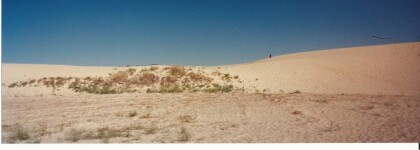
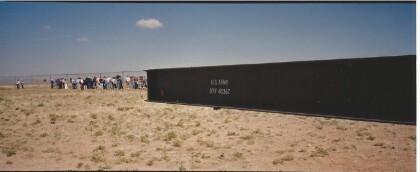
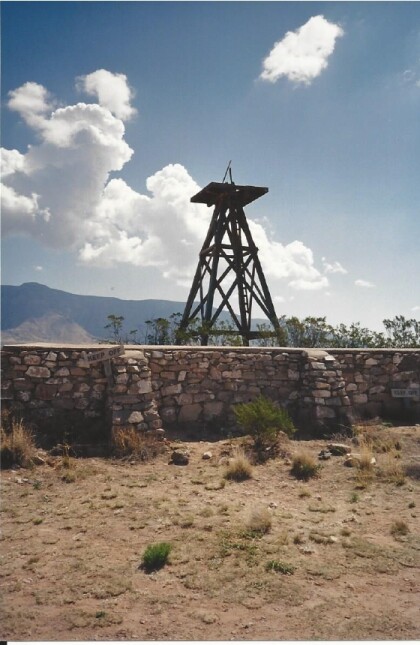
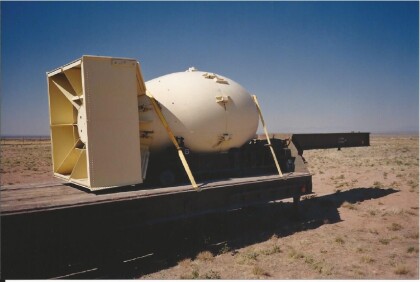
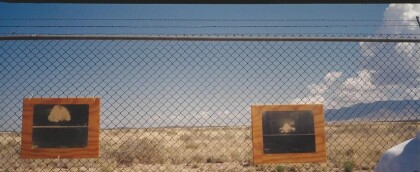
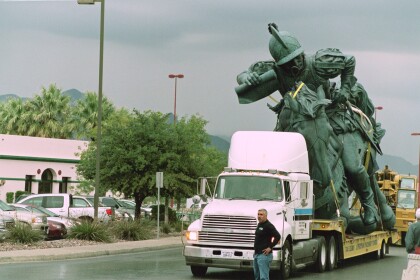
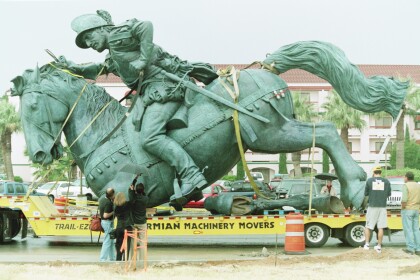
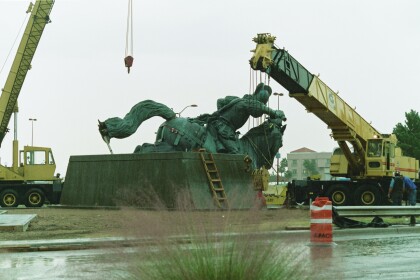



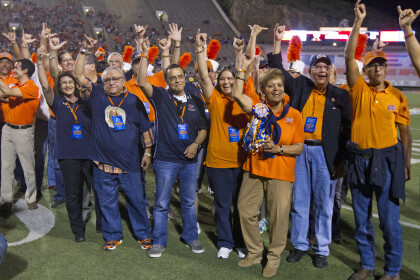
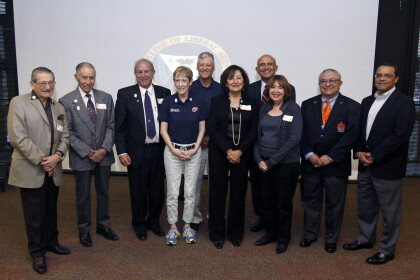
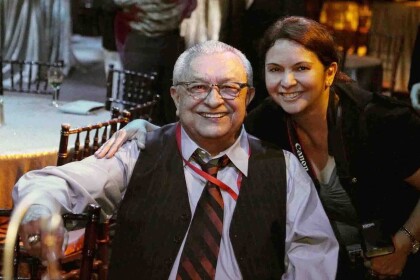
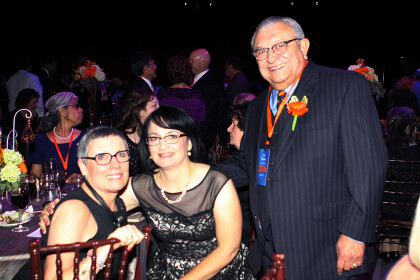
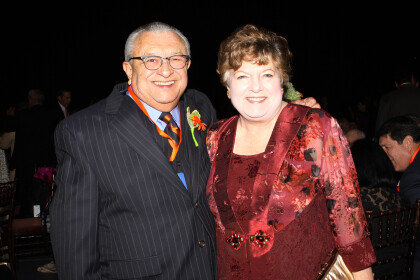
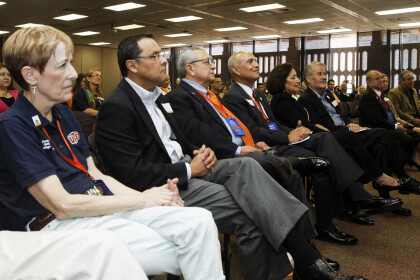
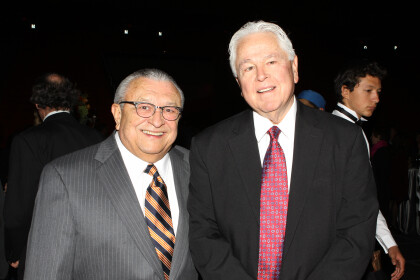




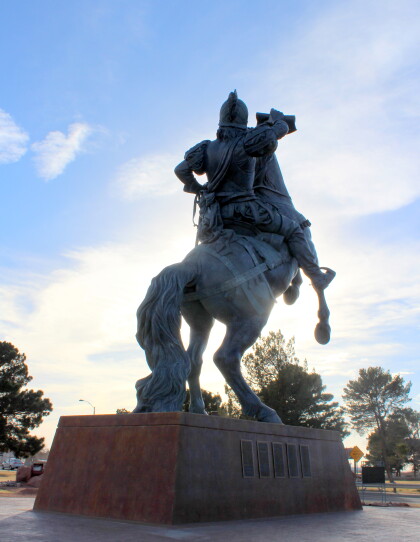
Comments
Add a comment